This story was written by Peter Marshall, photographer and Phase One Certified Professional instructor.
I was exceedingly lucky to get my hands on a very early prototype of the IQ4 150MP Digital Back to take on my travels over four weeks through Patagonia and Antarctica.
Throughout this time, I was able to use this prototype both on a technical camera and on the Phase One XF. This really tested the equipment – pushing the limits of what you can capture, and where you can take this system; from hiking through the mountains in torrential rain and hurricane-strength winds, to the freezing temperatures of Antarctica.
Starting in Patagonia, with long days of hiking where weight and space became the crucial factor when deciding what I would carry, I opted for the technical camera set up. The BSI sensor gives an amazing result with very little to no color cast – even from the wider lenses on the technical camera. And the color rendition is better than any IQ Digital Back I have tested.
Due to the continually-changing weather conditions in Patagonia, sometimes I would only have 30 seconds before the clouds covered the mountain I wanted to photograph. The exposure simulation and focus peaking was a real game changer here. Knowing I would get the perfect exposure and focus first time let me instantly put my filters on for long exposure with 100% confidence that I would get the shot before the weather closed in.
After two and a half weeks of hiking, I was glad to give my legs a break and travel further south by boat for two days – despite the occasional 8 meter waves! Travelling to Antarctica was a life-changing experience, and I have been struggling to sum up such a surreal place in a few sentences. I think the first thing that hit me was the sheer scale and immediacy of the landmass rising out of the sea. As we sat in our tiny Zodiac, surrounded by ice and towering mountains of over 3000m, I felt insignificant in the most amazing way. To visit this place as a photographer is also exceedingly frustrating. Trying to capture such a huge landscape in order to show others upon returning from your trip is somewhat of an impossible task. Luckily, I was equipped with the best equipment money can buy. I shot primarily on the Schneider Kreuznach 240mm, along with a Schneider Kreuznach 45mm for wide angle shots from the boat.
Having not used the 240mm a great deal, I was anxious about using it handheld and from a boat. At the end of my trip, looking through the shots, I noticed that the majority of my images were from this lens. The sharpness and image quality was sublime, and not only for wildlife shots. The compression it gives on the background, combined with the crazy amounts of detail captured by the IQ4 150MP Digital Back, made for some of my best images to date. Below is a handheld shot of a penguin, and despite the long focal length, small pixel size and the fact I was freaking out at how cute (if not a bit stupid) these awesome little animals are, it is still pin sharp.



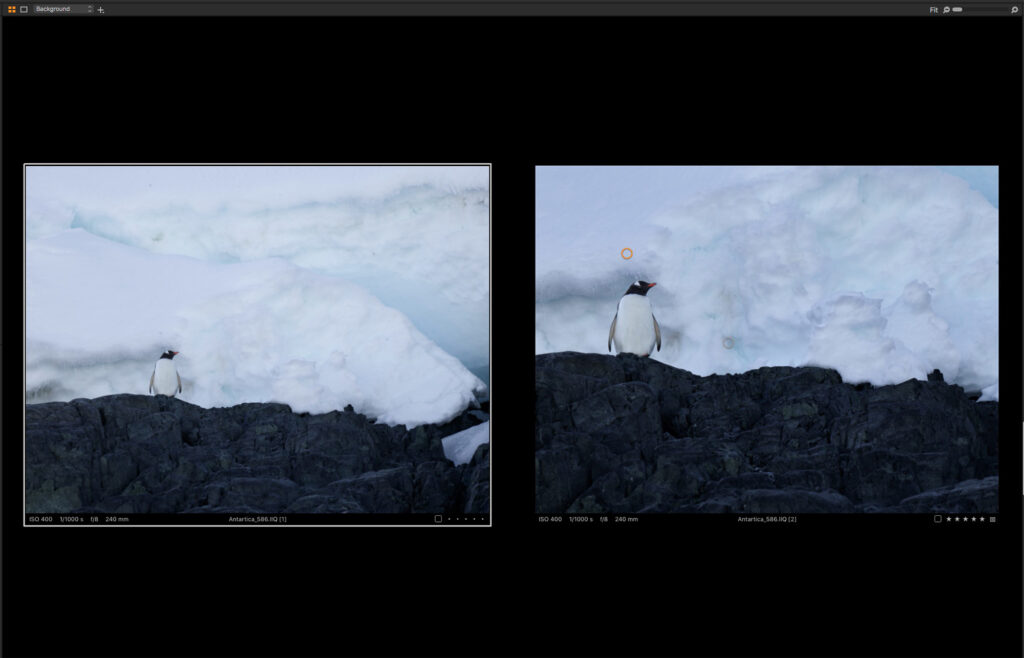
The final images produced by the new BSI sensor exceeded all my expectations, even in low light, and will let me really accentuate the scale with huge prints.
Also, the ability to see accurate previews provided by Capture One Inside really helped in locations I will most likely only visit once, and consequently, I had to be completely certain I had the final shot in-camera. Furthermore, when photographing nature, the ability to crop in even to 100% and still have a usable image still amazes me. As you can see, sometimes we struggled to get as close as I wanted to the wildlife. However, even after a heavy crop, I still have an image that has a long edge of 8500px.

How it was shot: Capturing the vast scale of Antarctica
Camera: XF IQ4 150MP Camera System
Lens: Schneider Kreuznach 240mm LS f/4.5 IF
IIQL, 16-bit
ISO 160
1/800
F/11
To attempt to show the vast scale of Antarctica seems like an impossible task. On the first day heading towards the Antarctic Peninsula, I could see two people already standing on the ice looking towards the mountains. I tried to capture this, but with the rough seas in a Zodiac, I quickly abandoned the idea and thought it was best to keep the camera safe. Dropping one of the only IQ4 150MP Digital Backs at the bottom of the Southern Ocean would make me extremely unpopular on my return to Denmark. As we got closer, more people had already started exploring the landscape and it didn’t feel the same – I wanted the solitude of the two figures standing here. When it was safe to lean over the boat, I captured the image knowing I could return to it in the future and recreate how I remembered it with a bit of Capture One magic! The XF and digital back were still covered in sea spray by the time I got to land, and I was pleasantly surprised how weather sealed it seemed (not that I would recommend taking yours for a swim…not without the underwater housing anyway!).
I knew this image would take a little more processing when entering into Capture One, and I used extensive heal layers here to remove the people who managed to scramble up the hill as I was heading towards land. Taking these out in small groups was easy work for Capture One, and meant I didn’t need to roundtrip to any other software. You can learn how to use layers here.
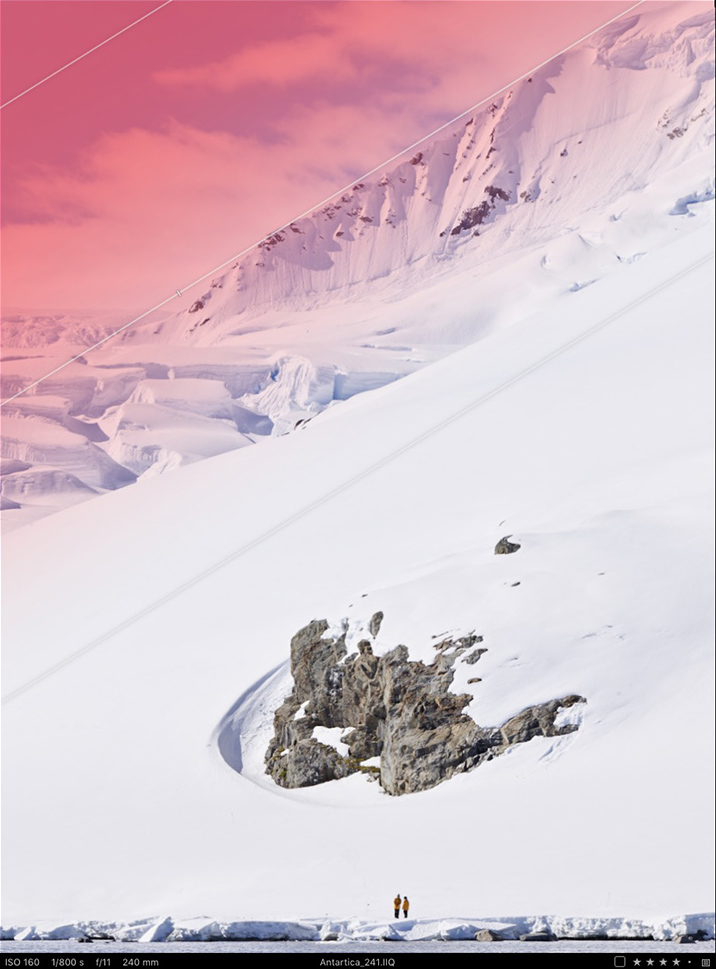


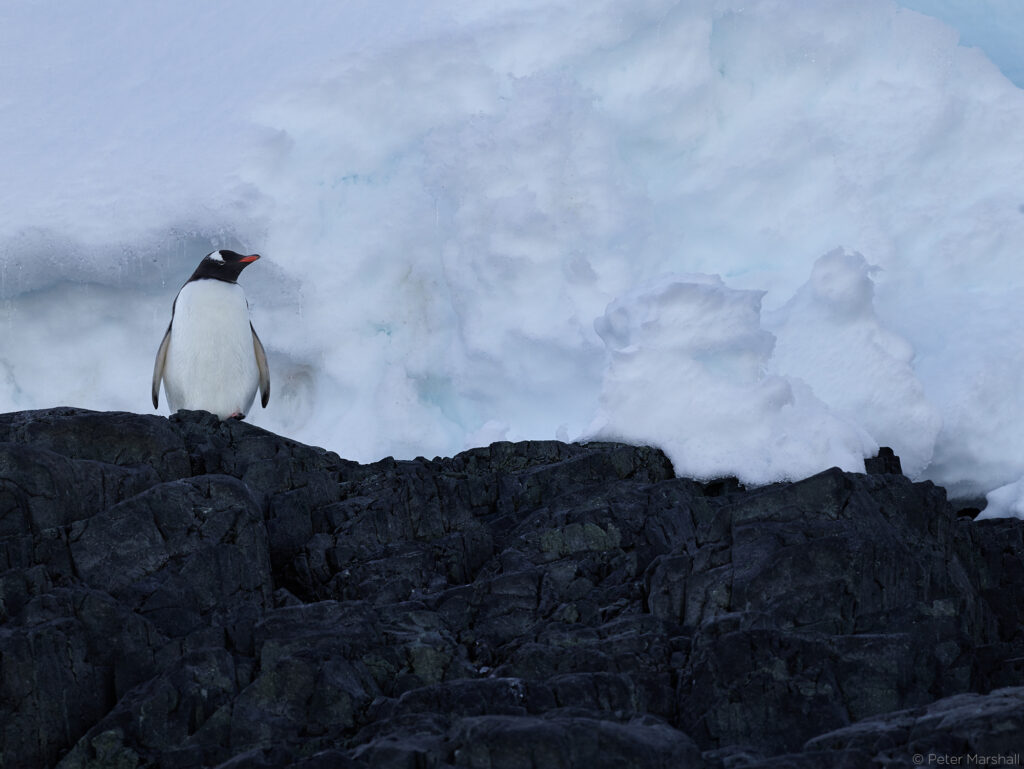
How it was edited: Antarctic wildlife
Camera: XF IQ4 150MP Camera System
Lens: Schneider Kreuznach 240mm LS f/4.5 IF
IIQL, 16-bit
ISO 400
1/1000
f/8
When it came to editing, in these shots I often found I had a lot of ice or snow with rock formations. Luminosity Masking was an amazing addition to Capture One 12, and enabled me to separate and enhance ranges differently – bringing out the endless detail of the ice, while also enriching any rock formations. I am usually exceedingly lazy when it comes to editing, and the process of creating complex masks is not easy. As you can see with this example, Luminosity Masking has allowed me to separate and edit the different features in order to bring out the best in the image without over-processing certain areas. Firstly with the rock here…
I then made a second mask for the ice using the Luminosity Masking, and removed the penguin using the eraser very quickly. I used Refine Mask to tidy up the edges before editing the ice here.

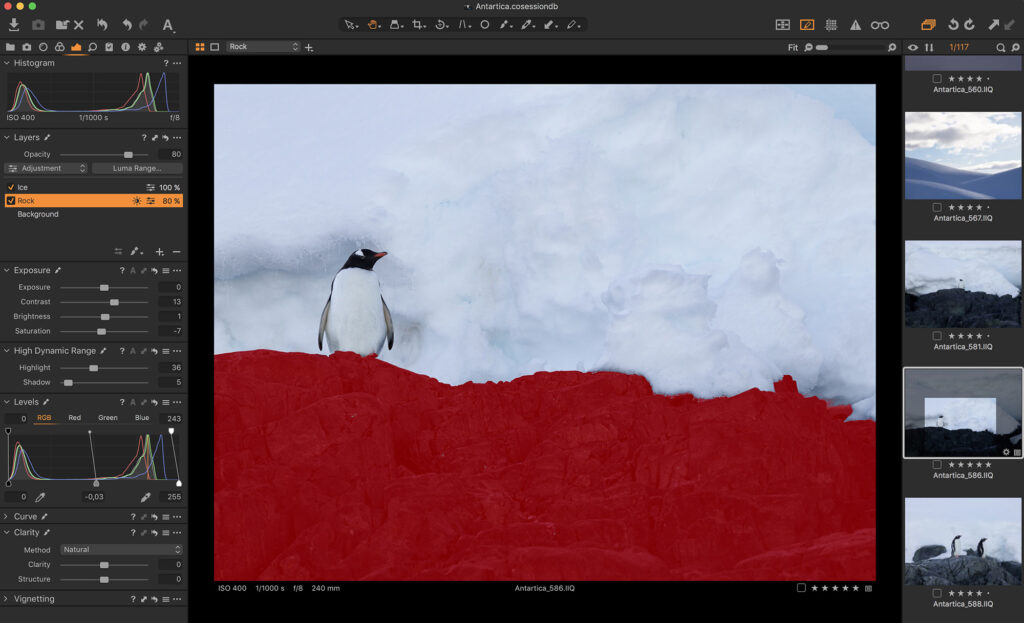

And that’s it! A few simple masks for local refinement was all I needed to bring out the best in this image.
Antarctica was truly an awe-inspiring experience which I will remember for the rest of my life.
Below you can see some of the other images from the trip and the IQ4 150MP Digital Back.
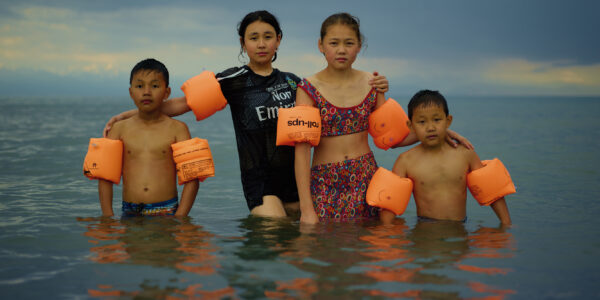
Photographer Stories
Intimacy in focus: Louise’s lens on humanity with Phase One_Part1
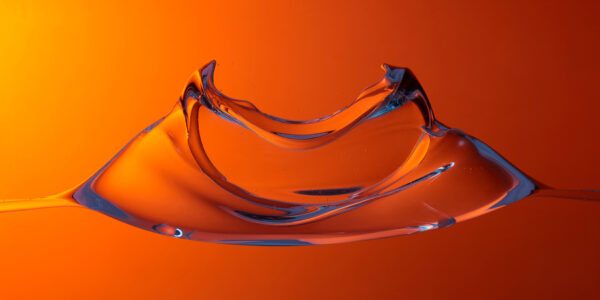
Photographer Stories
Dimitri Newman: Vision is Just the Start

Photographer Stories
Ashes: The Rebirth of a Camera- Hexmalo

Photographer Stories
Chandler Williams: A Photographer’s Path

Photographer Stories
TABO- Gods of Light

Photographer Stories
Loreto Villarreal – An Evolving Vision

Photographer Stories
Tobias Meier – Storytelling Photography

Photographer Stories
Gregory Essayan – Curating Reality

Photographer Stories
Total Solar Eclipse – Matthew C. Ng
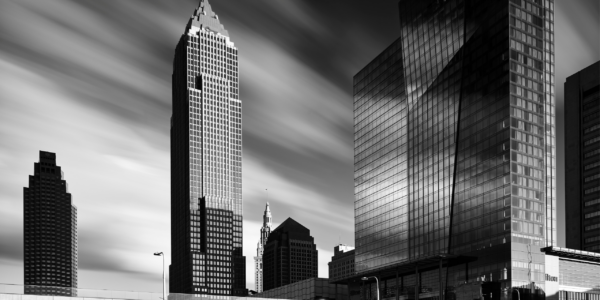
Photographer Stories
Roger Mastroianni – Frame Averaging
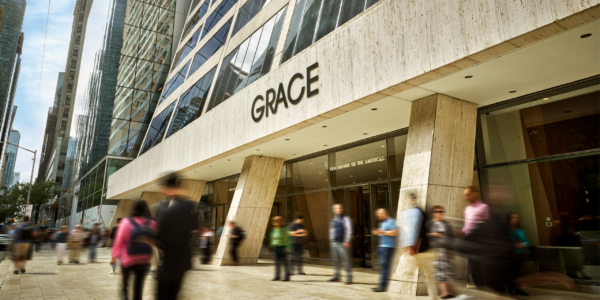
Photographer Stories
Matthew Plexman – Bringing portraits to life

Photographer Stories
Prakash Patel – A Visual Design Story

Photographer Stories
Karen Culp – Food Photography Ideas

Photographer Stories
T.M. Glass: Flower portraits
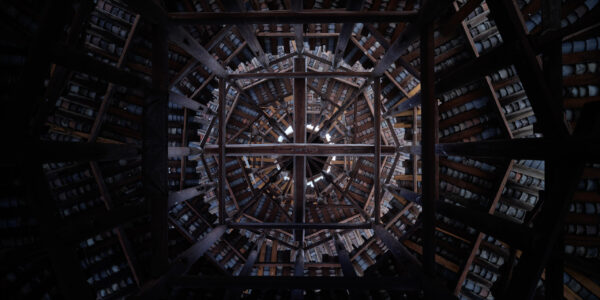
Photographer Stories
Preserving ancient Chinese buildings – Dong Village
